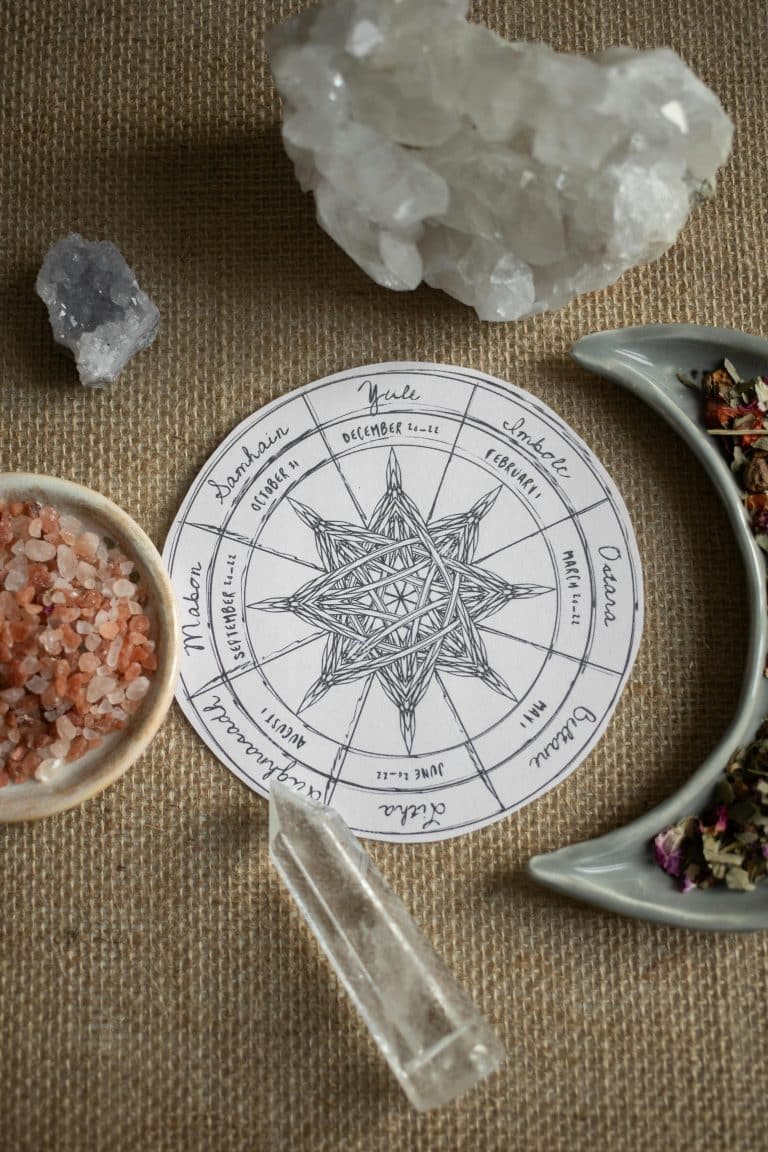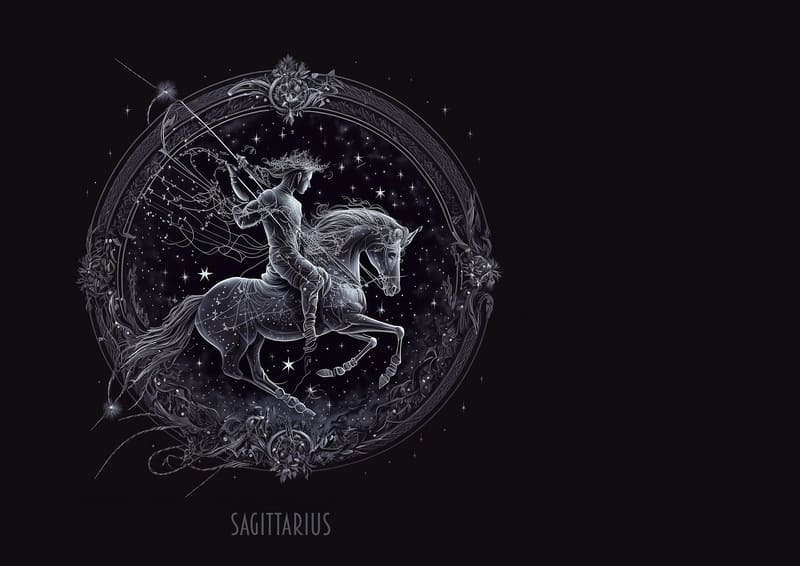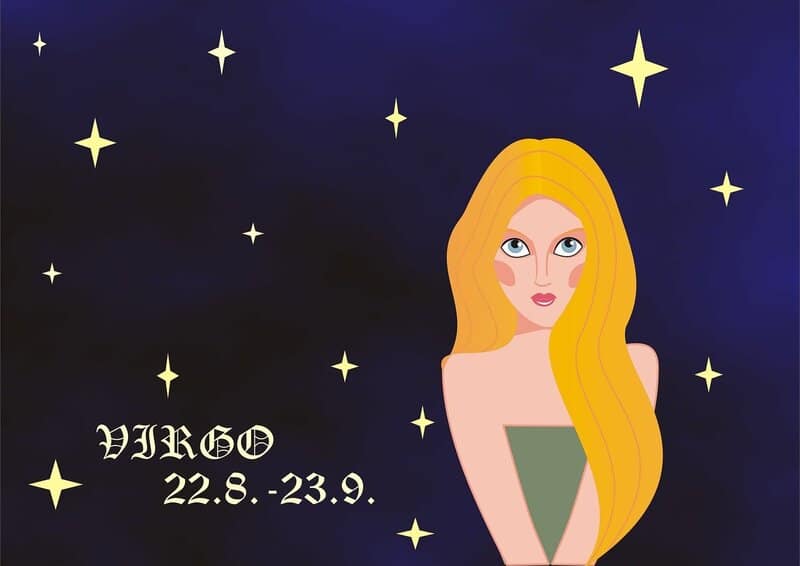Beltane is one of the eight Sabbats of the Wheel of the Year. It is celebrated by pagans of many identities throughout the world. In the northern hemisphere, it is on May 1. For the southern hemisphere, it is on November 1. This festival of fire and fertility falls about midway between Ostara (the Spring Equinox) and Litha (the Summer Solstice). Let’s dive into the traditions and why Beltane is important.
What Beltane Signifies
The Sabbat of Beltane marks the time when the God or Lord has matured, and so has the Goddess or Lady. The Lord and Lady are joined through handfasting. The Lady becomes pregnant and transitions from Maiden to Mother. The land and animals are fertile again, and the growing season begins. It’s a time of fertility and creating abundance. This means abundance in the land, and, for our ancestors, it was focused literally on crops, animals, marriages, and births. But today, abundance can come in many forms. Consider what abundance you seek for the months ahead.
Beltane Fires
Traditionally, the people of old would put out their hearth fires, and a bonfire would be built. After the Beltane celebrations, each household would take fire from that bonfire to light their hearth fires again. Today, a small fire in a fire pit will do nicely, or even just a candle. Always be safe in your use of fire.
Cattle and other livestock would be purified by driving them through the smoke of the Beltane fire. The farmers did this so the animals would be protected and fertile and provide an abundance during the year. Individuals jumped over the fire for purification and fertility. Couples would do this together as well. (We don’t advise attempting this tradition, however, as it is dangerous and could result in injury.)
Handfasting
Beltane is a popular time for handfasting. Handfasting is a rite of marriage. Couples continue to honor this tradition, and you can hire an ordained minister who specializes in handfasting to perform a legally recognized wedding ceremony. Handfasting involves using a cord or ribbon to symbolically bind the couple’s hands together as part of the ceremony. Hence, “tying the knot.”
Other Symbols and Traditions

The Maypole is a familiar tradition that has its origins in Beltane. It’s a phallic wooden pole stuck into the ground. A ring of flowers is placed at the top, where long ribbons are fastened. Children, traditionally girls, dance around the pole while holding the ribbons and weaving them around it. The maypole can still be a fun activity, and children of all ages should be encouraged to participate.
Waking up early with the sun to go outside to gather flowers is another common practice. The flowers can be braided into your hair or used to decorate yourself and your clothes. The flowers can also be used to decorate your home and altar. Never take too much from the land, though. A good rule of thumb is to take no more than a third of what is there.
A feast like a wedding feast can be held on Beltane. Bread, honey, and dairy are traditional, but go ahead and feast in a way that makes sense to you and fits your vision of the celebration. It’s a feast for fertility and abundance in the months to come. So make your plans in a way that matches what that means to you.
Correspondences
A search for Beltane correspondences will yield various results. We’ll list some of them here. Always remember, this is a guideline and not a rule. If something else makes more sense to you, then use it. The intention is most important. Listen to what calls to you.
Colors: White, Green, Red
Stones and Crystals: Emerald, Sapphire, Malachite, Rose Quartz
Plants: Lilac, Primrose, Hawthorne, Birch, Ivy, Marigold
Symbols: Goat, Honeybee, Fairy, Rabbits,
Deities: Gaia, Aphrodite, Artemis/Diana, Flora, Bel, Pan, Bacchus, Horned God
Wrapping it Up
We hope this gives you a basic understanding of Beltane and what it signifies. There are many ways to honor the Sabbats. We’ll follow up with more on preparing for Beltane as well as more about rituals and traditions. Remember, how you celebrate Beltane is up to you. If you’re celebrating alone or with a small group, make sure you’re embracing what it means for you personally. There are no rules, only guidelines and suggestions. Blessed be and have a merry Beltane.









